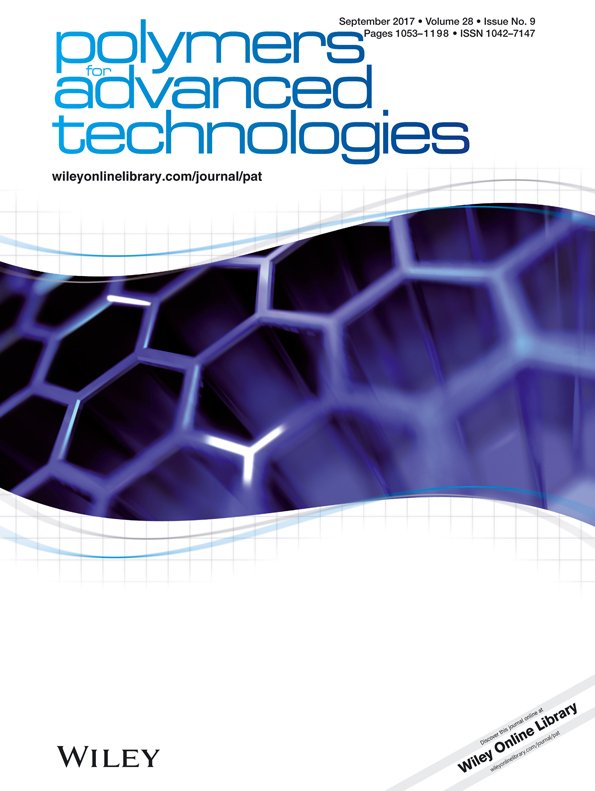Numerical characterization of ultraviolet ink fluid agglomeration and the surfactant effect in nanoinkjet printing
Abstract
Ultraviolet (UV) ink is a major ink type used in additive manufacturing via 3D inkjet printing. A major challenge in nanoinkjet printing is ink agglomeration. Among the UV ink components, oligomers have the highest tendency to agglomerate which can agitate the stability and quality of the printing fluid and possibly lead to nanoscale nozzle clogging. In this work, the first numerical study on the UV ink fluid, UV ink is modeled by using dissipative particle dynamics to study mesoscale agglomeration. The constituents of the ink model are composed of polystyrene and polyethylene glycol as photopolymers, BZP as a photoinitiator, and SDS as a surfactant. Styrene is a prevalent and established commercial photopolymer in present 3D inkjet applications, while ethylene glycol is a photopolymer known to improve ink viscosity. The morphological characteristics of the UV ink are studied here, where the results for different models from four cases considered here show how the kind of photopolymers and their constituent ratios affect the agglomeration morphology of the fluidic system. The existence of both oligomers and monomers results in mutual morphological benefits against agglomeration, while the photoinitiator occurs between photopolymers. In addition, we find that the surfactant can reduce the average size of agglomeration and improve the dispersion uniformity by increasing the number of agglomerates. These results highlight the important role additives can play to prevent, reduce, and control various forms of agglomeration to achieve enhanced nanoinkjet printing quality. Copyright © 2017 John Wiley & Sons, Ltd.




